|
Da Lat people rally to celebrate liberation on April 3, 1975. (Photo: Document/QĐND) |
On April 3, 1975, in Khanh Hoa, after the victory in liberating Nha Trang town, Division 10 and local armed forces advanced to liberate Cam Ranh Joint Military Zone - an important enemy naval base.
In Da Lat, after liberating Duc Trong, our forces continued to advance to liberate Da Lat town, the last and very important enemy stronghold in the Central Highlands.
At 3:00 a.m. on April 3, 1975, our forces reached the Phi Nom junction area and divided into two groups: Battalion 840, Regiment 812, the main force of Military Region 6, advanced along Highway 21 to D'Ran town. The enemy troops here had fled, the unit quickly took over the sub-region, district capital and established the Don Duong District Military Management Committee.
Battalion 186 followed Route 20 to Da Lat. At 8:00 a.m. on April 3, 1975, the unit arrived at the Kim Cuc gas station intersection, the gateway to Da Lat, and encountered some of our grassroots cadres. A squad of the battalion, together with cadres and Da Lat grassroots, entered and occupied the puppet government's provincial administrative building.
At 8:20 a.m. on April 3, 1975, the revolutionary flag flew at the headquarters of the puppet provincial government, Da Lat town and Tuyen Duc province were completely liberated. Thus, by April 3, 1975, the two southern provinces of the Central Highlands, Tuyen Duc and Lam Dong, were completely liberated.
On April 3, 1975, the Central Highlands campaign ended in complete victory, far exceeding initial expectations. During 30 days of continuous attacks, we destroyed and disintegrated the 2nd Army Corps of the Republic of Vietnam, a strategic reserve unit of the enemy, along with all enemy forces in the Central Highlands and the two provinces of Phu Yen and Khanh Hoa.
On April 3, 1975, at the Command Headquarters east of La Nga Bridge, the Party Committee and the 4th Corps Command discussed a plan to capture Xuan Loc Town - a strong enemy defense area, known as the "steel door" at the eastern gateway to Saigon.
The approved combat plan was to use a large force of infantry, tanks, and artillery to attack directly the Sub-Region Command Headquarters and Division 18, quickly occupy Xuan Loc, creating a position and force for the Liberation Army to attack and close in on Bien Hoa, Ba Ria-Vung Tau.
From April 1 to 3, 1975, in coordination with other military wings, naval units took turns participating in the capture of Quy Nhon, Nha Trang, and Cam Ranh bases. The sea attack force consisted of 3 missile boats of Battalion 173 (Regiment 172), 4 combat patrol boats of Regiment 171, and the military transport force of Group 125, intimidating and causing the enemy to panic and waver, reducing support and assistance activities at sea.
On the Truong Son strategic support route, on the same day, April 3, 1975, the second formation of 395 vehicles of the 515th Automobile Regiment, a part of the 13th Automobile Regiment of the Truong Son Command, mobilized the 312th Division and the 1st Corps agency along the Eastern Truong Son route to the South.
On the same day, the Front Line marched to the location of the Southern Command and Central Office at Loc Ninh base.
For the northern rear, in the first two months of 1975, the north mobilized 57,000 troops (out of a total of 108,000 troops in the 1975 mobilization plan); urgently trained and supplemented the battlefield. Many delegations of cadres from Party agencies, the Ministry of National Defense: the General Staff, the General Department of Politics, the General Department of Logistics, the General Department of Engineering and the military branches... urgently entered the battlefield to urge preparations.
Nhandan,.vn
Source: https://nhandan.vn/ngay-341975-thanh-pho-da-lat-va-toan-tinh-tuyen-duc-giai-phong-chien-dich-tay-nguyen-ket-thuc-toan-thang-post869604.html


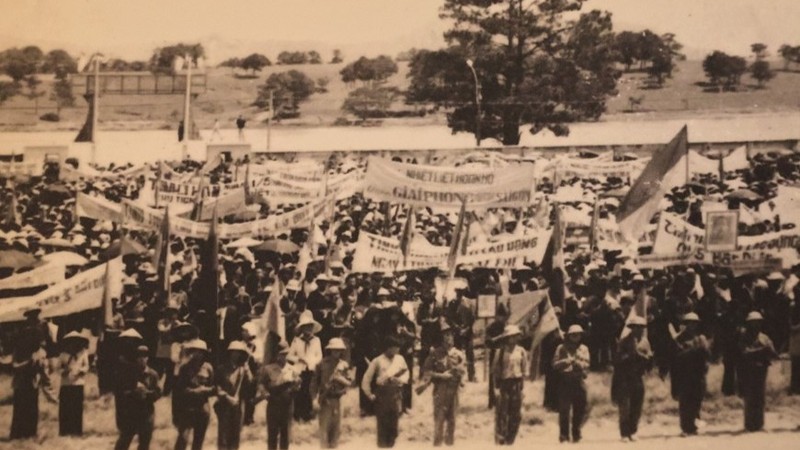
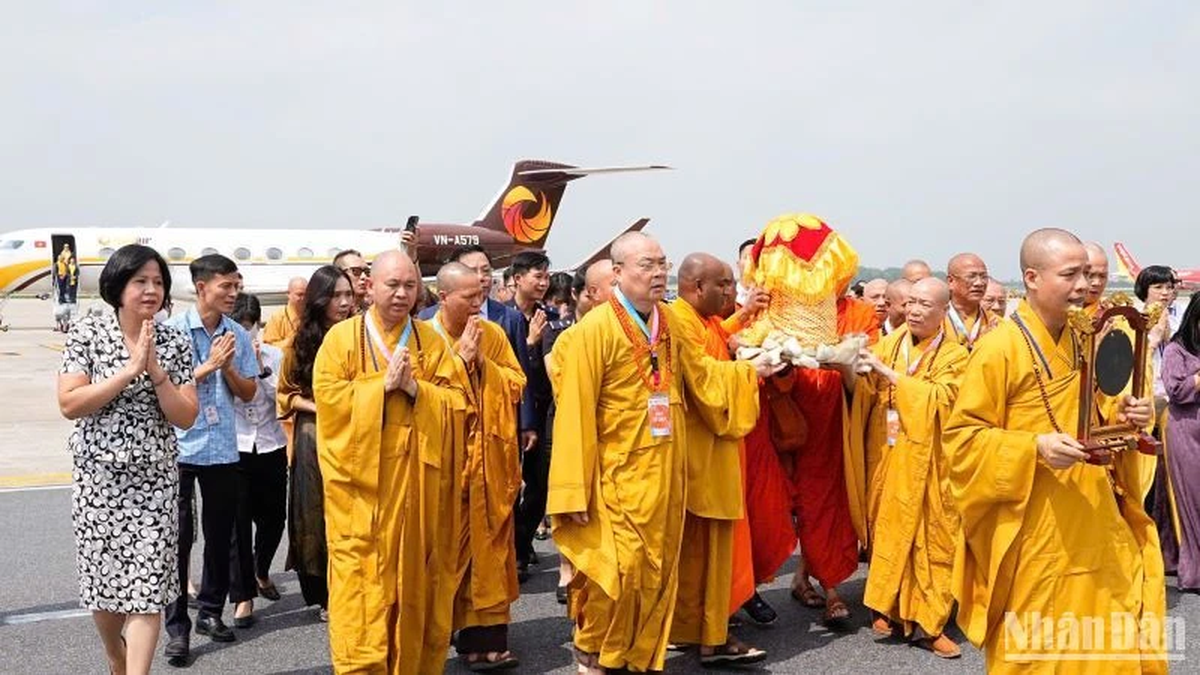
![[Photo] President Luong Cuong awarded the title "Heroic City" to Hai Phong city](https://vphoto.vietnam.vn/thumb/1200x675/vietnam/resource/IMAGE/2025/5/13/d1921aa358994c0f97435a490b3d5065)
![[Photo] Many people in Hanoi welcome Buddha's relics to Quan Su Pagoda](https://vphoto.vietnam.vn/thumb/1200x675/vietnam/resource/IMAGE/2025/5/13/3e93a7303e1d4d98b6a65e64be57e870)
![[Photo] Prime Minister Pham Minh Chinh receives Ambassador of the French Republic to Vietnam Olivier Brochet](https://vphoto.vietnam.vn/thumb/1200x675/vietnam/resource/IMAGE/2025/5/13/f5441496fa4a456abf47c8c747d2fe92)
![[Photo] President Luong Cuong attends the inauguration of the international container port in Hai Phong](https://vphoto.vietnam.vn/thumb/1200x675/vietnam/resource/IMAGE/2025/5/13/9544c01a03e241fdadb6f9708e1c0b65)



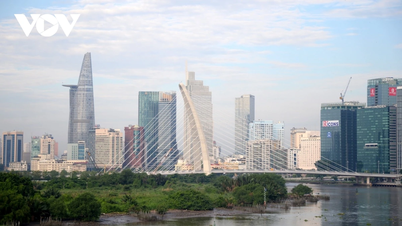



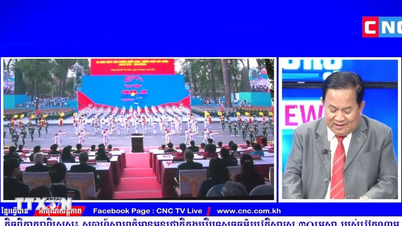

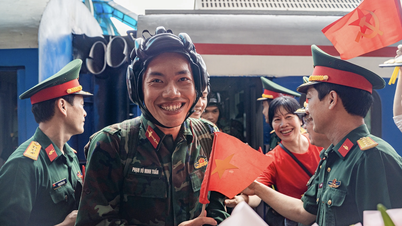

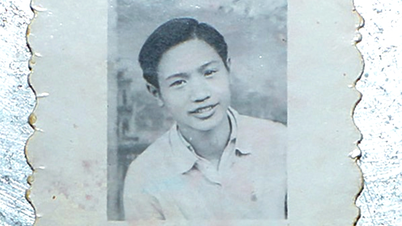
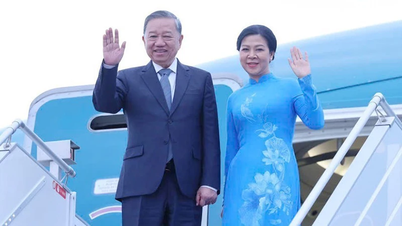

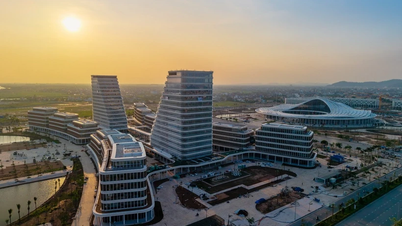
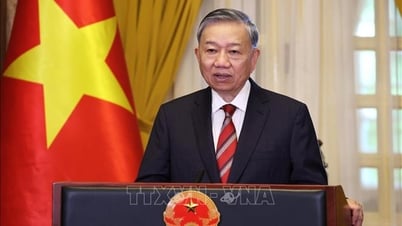







![[Video] Developing Physical Education in Primary Schools in Vietnam](https://vphoto.vietnam.vn/thumb/402x226/vietnam/resource/IMAGE/2025/5/13/781ea31da6c24eaab2162e89e10ddec1)

![[Photo] President Luong Cuong awarded the title "Heroic City" to Hai Phong city](https://vphoto.vietnam.vn/thumb/402x226/vietnam/resource/IMAGE/2025/5/13/d1921aa358994c0f97435a490b3d5065)
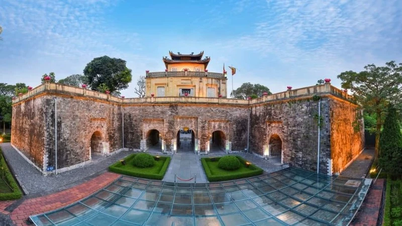
![[Photo] Many people in Hanoi welcome Buddha's relics to Quan Su Pagoda](https://vphoto.vietnam.vn/thumb/402x226/vietnam/resource/IMAGE/2025/5/13/3e93a7303e1d4d98b6a65e64be57e870)




































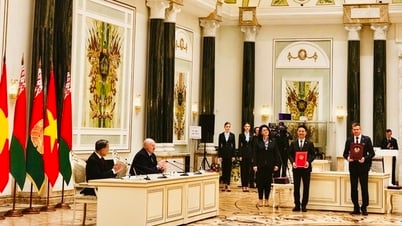










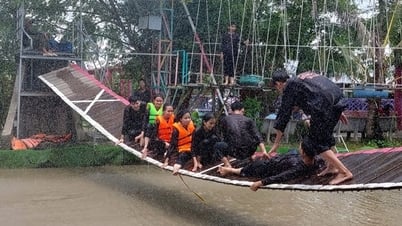
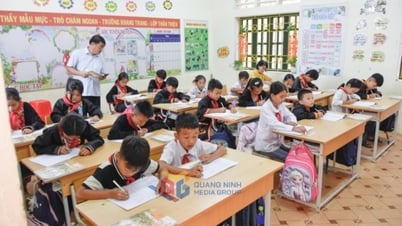


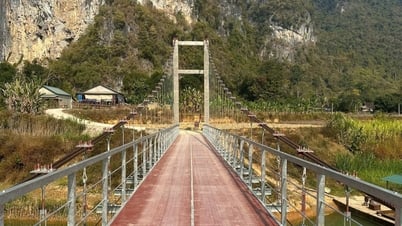

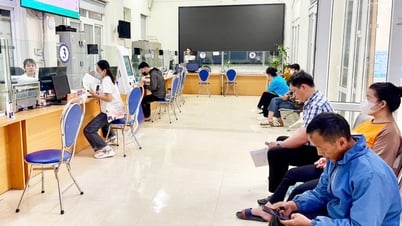










Comment (0)